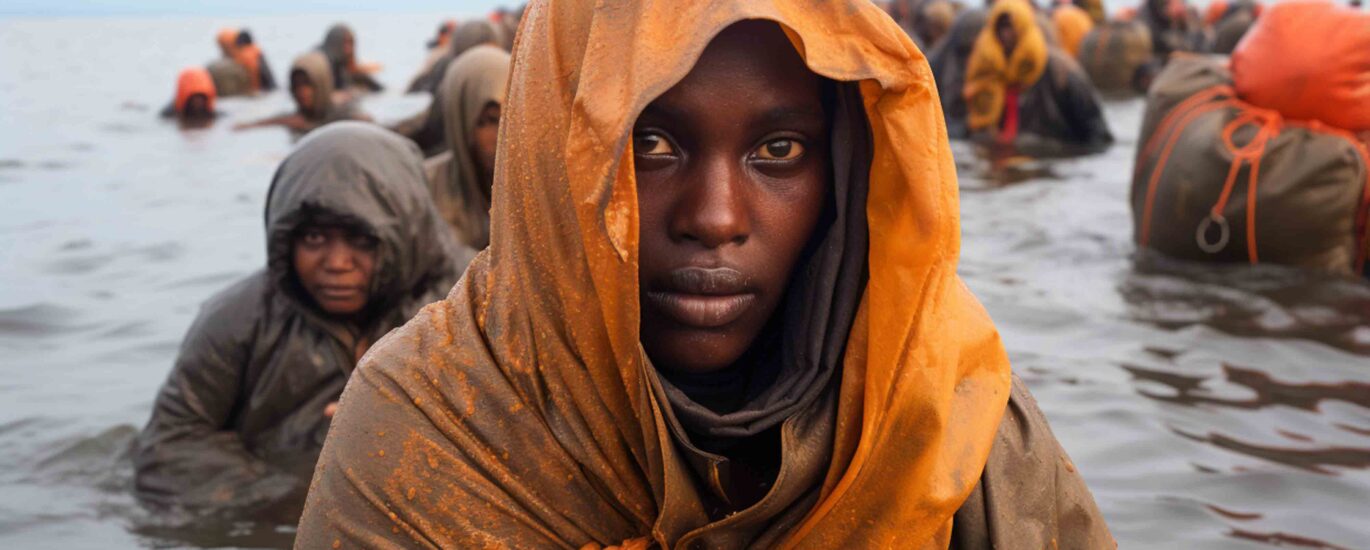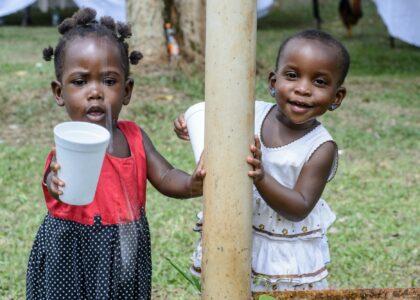Kogi State, located in North central Nigeria, is currently grappling with severe flooding that has affected numerous communities, displacing thousands of residents and wreaking havoc on infrastructure, farmlands, and livelihoods.
The state, often vulnerable to seasonal floods due to its location at the confluence of the Niger and Benue rivers, is witnessing one of its worst flood disasters in recent years.
As the waters overflow their banks, families are facing unimaginable challenges. Homes have been submerged, schools are closed, and access to basic necessities has become nearly impossible.
Affected Communities and Extent of Damage:
The floods, which began after weeks of torrential rains and the release of excess water from upstream dams, have particularly ravaged low-lying areas across Kogi State. Key communities along the floodplains, including Kogi, Lokoja, Adavi, Ofu, Ajaokuta, Idah, Ibaji Local Government Areas are among the worst-hit.
In Lokoja, the state capital, major roads such as the Lokoja-Abuja highway are threatened. Homes, schools, and markets have been submerged, forcing residents to seek refuge in temporary shelters. The Ibaji community has faced devastating losses as floodwaters swept through the area, submerging almost every part of the local government. Entire neighborhoods in riverine areas are underwater, leaving families homeless.
In addition, the flooding has decimated vast swathes of farmland, threatening food security in the state. Thousands of hectares of crops such as rice, maize, and cassava have been destroyed, leaving farmers in distress. Livestock losses have also been reported as herders struggle to save their animals from drowning.
Humanitarian Crisis:
The flood has triggered a significant humanitarian crisis in the state. According to local authorities, over 50,000 people have been displaced and are now residing in makeshift camps, schools, and churches converted into temporary shelters. The living conditions in these shelters are dire, with limited access to clean water, food, and medical supplies. Reports of outbreaks of waterborne diseases like cholera are already surfacing in some areas due to the contaminated water sources.
In response to the disaster, the Kogi State Emergency Management Agency (KOSEMA) and the National Emergency Management Agency (NEMA) have mobilized efforts to provide relief materials to affected communities. However, local leaders and residents have raised concerns about the inadequacy of relief supplies and the slow pace of intervention. Many are calling for more urgent and coordinated efforts from state and federal governments, as well as well-meaning individuals to alleviate the suffering of displaced persons.
Climate Change and Future Implications:
Experts have linked the recurring floods in Kogi State to climate change, which has led to unpredictable and intense rainfall patterns. The release of water from dams in neighboring states and countries further compounds the problem. Environmentalists warn that unless proper flood management systems are put in place, such disasters will become more frequent and severe.
Moreover, the recurring nature of floods in Kogi State underscores the urgent need for the government to invest in flood control infrastructure, such as drainage systems, levees, and early warning systems. Sustainable urban planning, deforestation control, and public awareness campaigns are also critical in mitigating future risks.
The ongoing flood crisis in Kogi State highlights the vulnerability of riverine communities to natural disasters, compounded by inadequate infrastructure and climate change. While relief efforts are underway, there is a pressing need for long-term strategies to protect lives, livelihoods, and the environment from future flood disasters. As the water levels continue to rise, the plight of displaced residents and the destruction of farmlands and infrastructure call for immediate and sustained attention from all levels of government, humanitarian agencies, and the international community.
Written By Michael Illah









